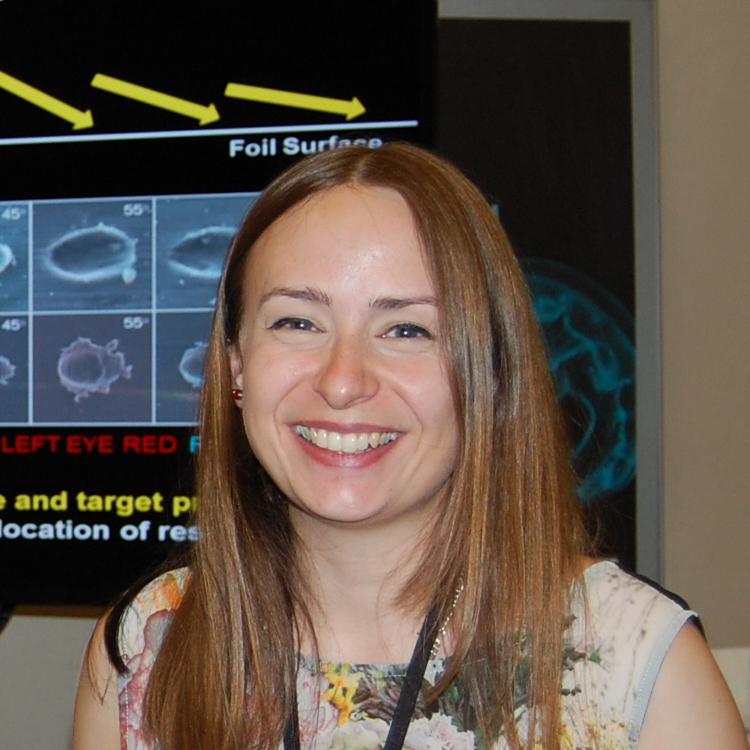During the early hours of 6 December 2020, JAXA’s Hayabusa2 sample return capsule re-entered Earth’s atmosphere, streaking across the sky above Southern Australia and landing in the Woomera Test Range.
Scientists around the globe were eager to see the precious cargo it carried – samples from asteroid 162173 Ryugu, a C-type or carbonaceous asteroid.
C-type asteroids contain large quantities of carbon and water-bearing minerals and are thought to be among the most ancient objects in our Solar System, preserving materials that could help us to understand how the Solar System formed and evolved to become what we see today.
More about space rocks:
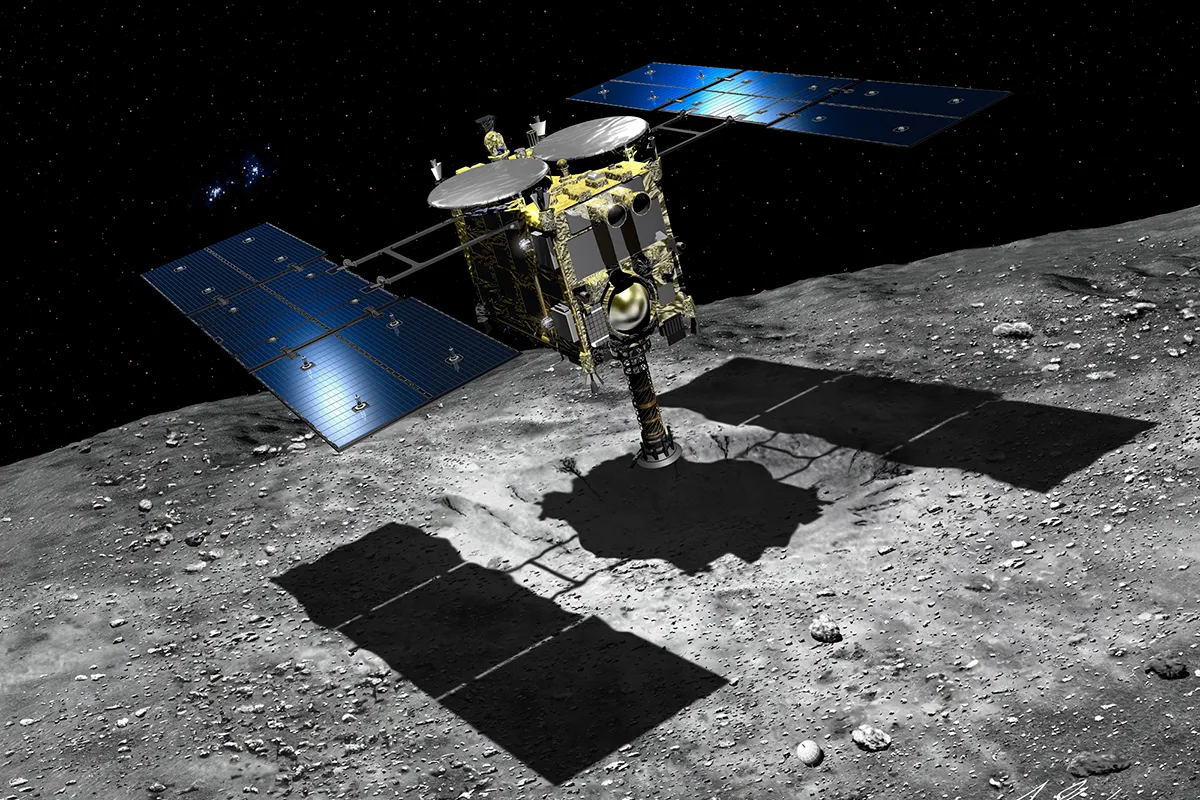
These samples will begin to make their way to members of the Hayabusa2 initial analysis team. One UK group poised to receive samples is led by Professor John Bridges at the University of Leicester.
He has studied materials from several of these so-called sample return missions and anticipates that Ryugu will teach us a lot about asteroids, no doubt with one or two surprises along the way.

Referring to cometary samples returned by NASA’s Stardust mission, Professor Bridges recalls that,
"Stardust changed our view of comets – it wasn’t just the dusty ice ball we expected. I expect that Hayabusa2 will change our view of C-type asteroids to reveal a rich and detailed history about water and mineralogy in the earliest Solar System."
Analysing space samples under the microscope
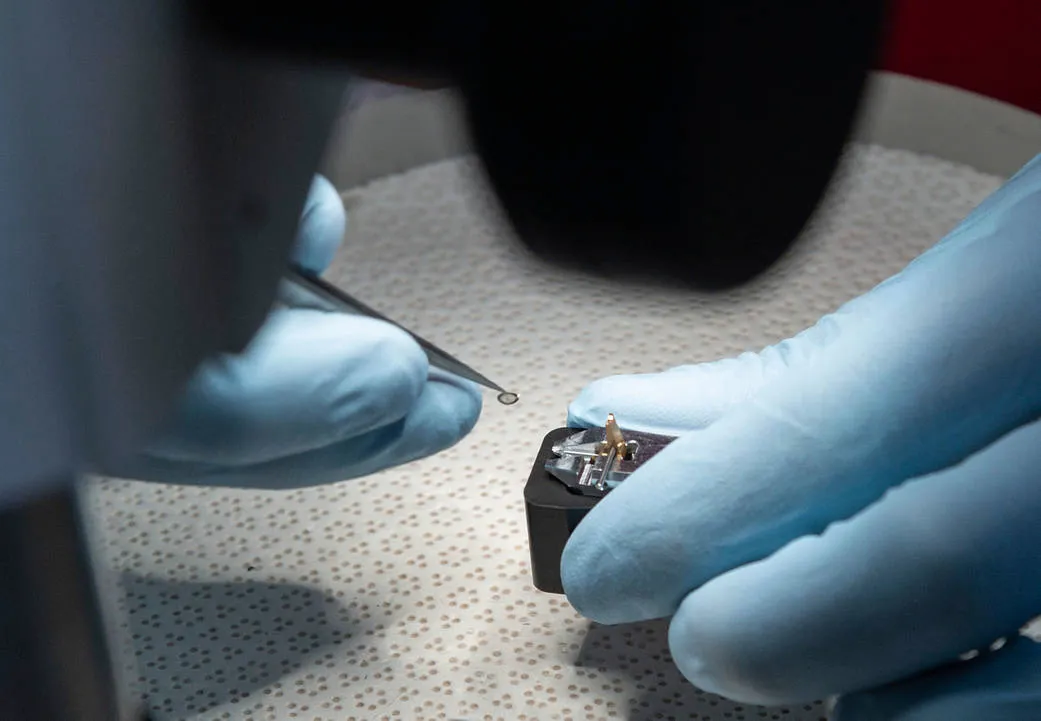
Given that the Hayabusa2 samples are estimated to weigh in at around 5.4g in total (a massive success considering the aim was just 0.1g), each research group can expect to receive samples consisting of only a few grains.
Modern analytical techniques will nevertheless be able to reveal a wealth of information.
Professor Bridges and his colleague Dr Leon Hicks (also at Leicester) will use a range of electron microscopes as well as the Diamond Light Source synchrotron facility in Oxfordshire, which acts like a giant electron microscope.

By studying the minerals present in the grains, it is possible to make interpretations about the conditions that have existed on Ryugu and hence how it has evolved over time, as each mineral has specific conditions under which it will form.
For example, some will only form when there is no oxygen present, some will form under certain combinations of pressure and temperature and some only in the presence of liquid water.
Studying the water and organics present in Ryugu is of interest since asteroid and comet impacts could be how such materials were delivered to Earth in the past.
Sample return missions like Hayabusa2 are undeniably useful, providing samples with a known origin and enabling handling after collection to be carefully controlled so that no contamination occurs.
However, they are expensive and extremely challenging. Consequently, samples have been returned from only a handful of Solar System objects and Hayabusa2 is only the second sample return from an asteroid.
The Winchcombe space rock

Thankfully, these samples are not the only way we can get up close to asteroids, as most meteorites are also fragments of them.
Indeed, carbonaceous meteorites are thought to be samples of primitive C-type asteroids like Ryugu – something to be confirmed by the Hayabusa2 samples.
Carbonaceous meteorites represent less than 5% of meteorite ‘falls’ – those observed to arrive and thus likely collected before they can be contaminated and altered by Earth’s rich and active environment.
However, as luck would have it, one of these was recently retrieved in the UK – the Winchcombe meteorite, named after the town in Gloucestershire where it fell in February 2021.
Around 600g of material was collected and is being analysed at research facilities across the country, including the University of Leicester, providing a further opportunity to probe primitive asteroids and a fantastic sample to compare against material from Ryugu.
Future sample return missions

Sample return missions look set to make the 2020s an exciting time for planetary science.
China’s Chang’e 5 returned about 2kg of lunar samples at the end of last year and more C-type asteroid samples are due to arrive in September 2023 from 101955 Bennu thanks to NASA’s OSIRIS-REx mission.
Further missions to the Moon, asteroids, comets, and even Mars and its satellite Phobos are also being considered for this decade.
Added to this, the ever-increasing coverage and popularity of fireball networks like those of the UK Fireball Alliance (UKFAll), and even security cameras and dashcams capable of recording meteors, means we can expect fresh ‘fall’ samples to be collected more often (for more on this, read our guide on how to detect meteors with a Raspberry Pi).
These will no doubt result in new discoveries that test existing theories about the Solar System’s formation and evolution, and perhaps even our origin, so watch this space. There are fascinating times ahead.
Studying space rocks
What have we learned from space rocks that have already been returned to Earth?
Lunar

NASA’s Apollo and the Soviet Luna programmes returned 382kg and 326g respectively, providing a means to study and date the lunar surface, and date other planetary surfaces based on their crater abundances.
Cometary
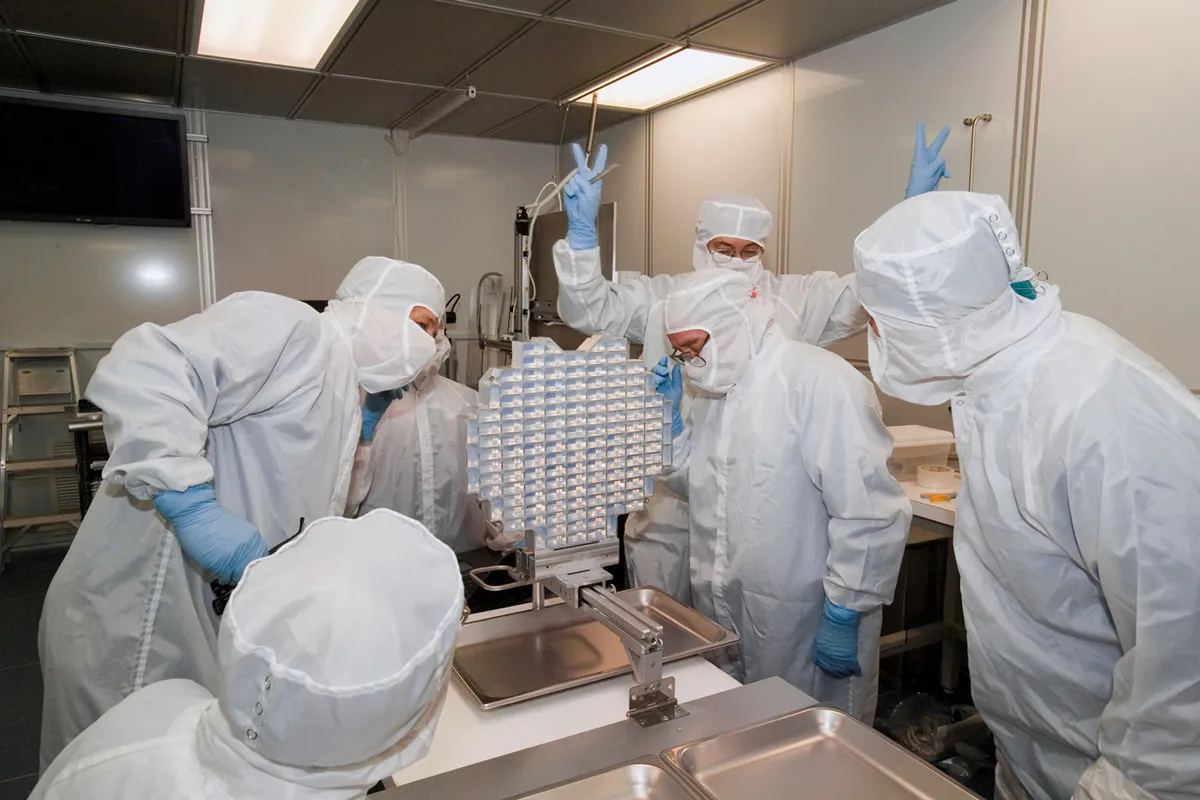
NASA’s Stardust mission returned samples from comet 81P/Wild in January 2004. The few hundred micrograms collected provided evidence of extensive material transported between the inner and outer Solar System.
Asteroidal
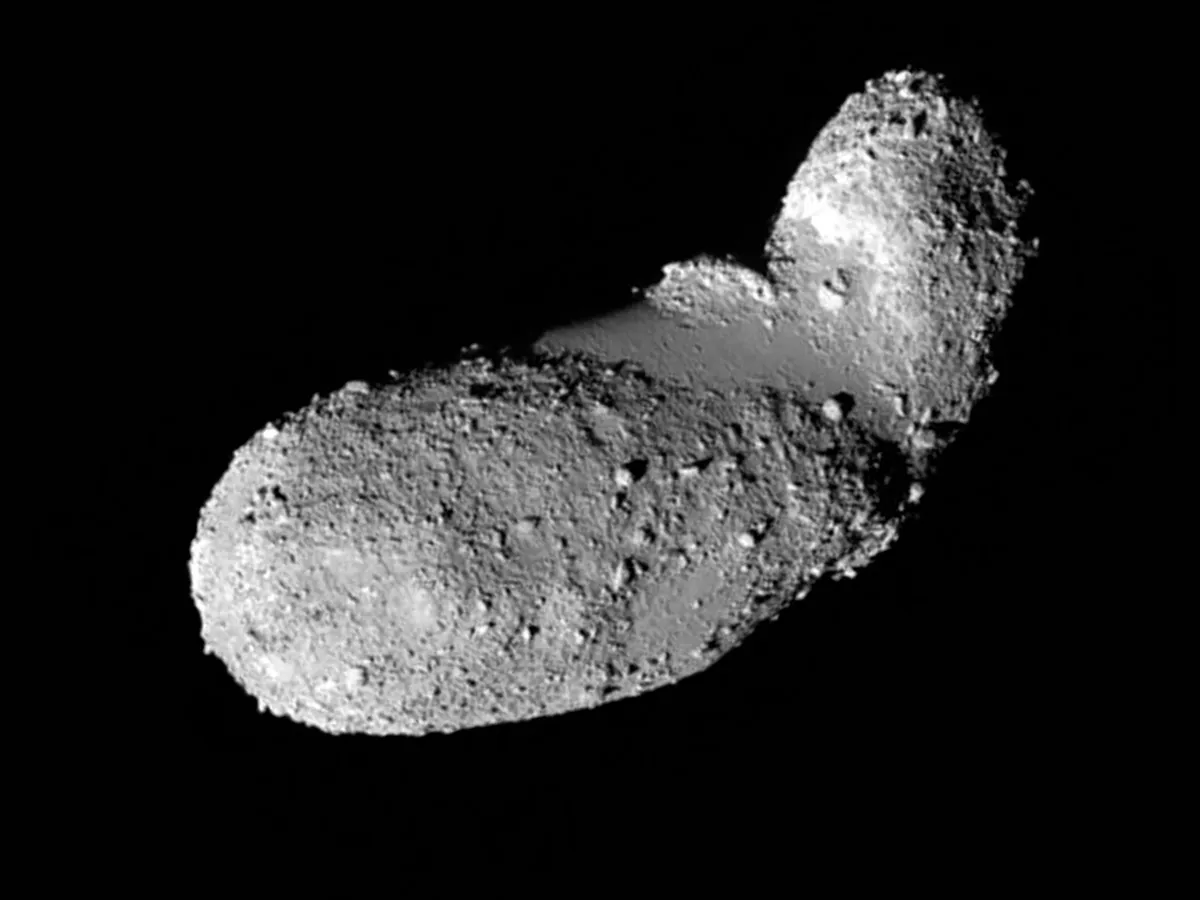
JAXA’s Hayabusa mission returned the first asteroid samples from 25143 Itokawa in June 2010. Comprised of less than a milligram of material, they linked chondrite meteorites with S-type asteroids and found water and organics.
This article originally appeared in the October 2021 issue of BBC Sky at Night Magazine.
